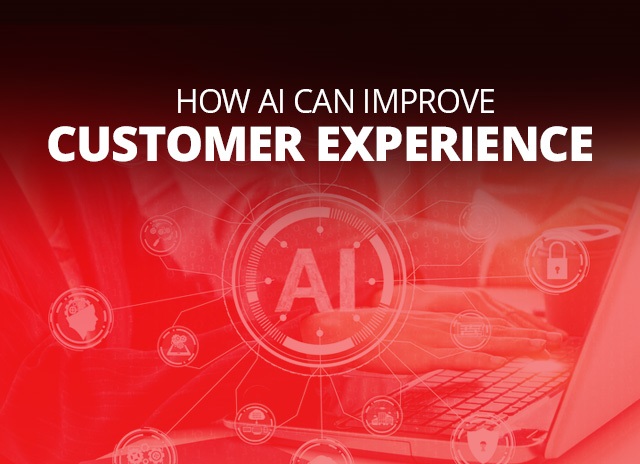Practical ways to increase the speed of your website
According to Ericsson Mobility Report, “the level of stress caused by mobile speed delays is similar to that of watching a horror movie or solving a math problem and greater than standing at the edge of a virtual cliff”.
Your website is the face of your business to the online world. Just like the accessibility of your office to your customers, your website leaves a lasting impression on your customer’s minds. The design and overall look-and-feel play an important role in this aspect. But what paves the way is the loading time. According to a recent study from Kissmetrics.com, 79% of online shoppers say they won’t go back to a website if they’ve had trouble with load speed. A fast website is perceived as a professional one; though that ideology is purely psychological, speed is directly connected to performance and better performance is seen as the fruit of the effort put forth in creating the website.
Let us ask ourselves, aren’t we all looking for immediate answers and quick results? We are more likely to purchase a product from a website or book a service consultation, if the website moves smoothly from one page to another, shift from one screen to another in a seamless fashion. We tend to trust websites that are interactive and spontaneous. Speed is, therefore, linked with user experience, and the better the user experience, the better the conversion rates. Lookers turn to buyers when users can find what they want, and they can find it fast.
Performance is about retaining existing customers. For example, Pinterest reduced perceived wait times by 40%, and this increased search engine traffic and sign-ups by 15%. COOK reduced average page load time by 850 milliseconds which increased conversions by 7%, decreased bounce rates by 7%, and increased pages per session by 10%. Even Google SEO ranks websites based on speed.
Hence, it’s all about speed.
- Image Optimization
The images in any webpages take up more space and thereby more time to load than ordinary text. But that does not degrade their purpose at all. Images add more visual perspective to our web pages than text can bring. So, it is important to use reasonable, supported formats to upload images that have been compressed for a webpage.
It is also advised to use applications that can render multiple images at a single HTTP request. The images are stored as a single large file. This also reduces the time taken to process various requests and their responses.
- Specify Image Dimensions
It is important to specify the dimensions of images so that it will become easier for the webpage to load the image in a placeholder of a given breadth and height, instead of forcing the browser to load the entire image. This will help reduce the time taken to load as the browser understands clearly the space occupied by the image and can load the other parts of the webpage while the image is getting displayed.
- Optimizing code using best practices
This is one of the effective ways to increase the performance of the website that can be done during the development stage itself. Using the right logic can help reduce the number of lines of code that has to load several variables to operate when it can yield the same results. Also removing unused code that brings no change in the webpage can bring a lot of change in optimizing performance.
- In-memory technology
In-memory technologies are utilized on the server side to optimize performance and increase speed. The frequently accessed information is stored in the RAM so that we do not require to access the database more frequently. For an eCommerce website, calling the database to request information each time can prove to be very time-consuming. Also, since RAM is 10 times faster than hard disk when it comes to input output.
- Reducing round trips to access files
This technique can be used in image optimization and loading JavaScript external files. Multiples JavaScript files can be combined into a single file and accessed in one request. This method is a decision taken between one request or multiple trips to render elements of a webpage and carry out processes.
- Reduce server response time
Choosing the right server based on the needs of the organization is the key. Choosing hosting services must be based on the RAM, hard drive, and CPU storage it can provide the website with. On top of that, it is required to choose between the most feasible options when it comes to hosting:
- Shared Hosting- It is the cheapest option, but it compromises on the speed aspect to provide ample shared resources at a low cost.
- VPS Hosting- Virtual Private Hosting is where the entire server is divided into various independent servers. This will help the organizations on a low budget have their dedicated resources instead of sharing with other websites. Therefore, the network traffic will not be shared and will not affect the speed.
- Dedicated Hosting- This is an expensive option and can be used by large corporations that can handle the responsibility of having and maintaining their resources.
- Minimize time to first byte- Browser Caching
Just like measuring the amount of time taken for an entire webpage to load, it is important to look at the time taken for the webpage to start loading, known as Time To First Byte(TTFB). Google recommends a 200ms TTFB for a webpage to load.
This can be best achieved by loading parts of the website or the previously loaded website in its entirety in the browser’s cache. This way, the webpage can load without having to send out HTTP requests to the server. In a WordPress site, it is possible to enable “Page Cache” at the developer end so that the pages are automatically cached at the client’s end.
- Content Delivery Network
Content Delivery Network (CDN) is viewed as the ultimate solution to eliminate issues related to server response time due to problems like geographical barriers. Using CDN, the website is cached in a global server from your own. When a user sends a request, the server closest to them attends their request. This can also help eliminate the issues caused by network traffic flowing to a single file.
- Reduce external scripts
JavaScript and CSS external scripts or any other embedded services for that matter can take their own time to call and render, contributing to the load time. If the services and scripts are not worth the wait time expended, it is better to remove or uninstall them.
One can tap the external scripts that are sending requests by taking a look at the network tab of chrome developer tools.
- Using Plugins and blocks
Plugins and blocks can improve the speed and minimize redirects and pop-up advertisements on the site. Each redirect is a separate request and can contribute to downgrading performance. Likewise, blocking pop-up ads can also add to enhancing user experience.
It is also important to note that usage of too many plugins can do more harm than good.
Not only in the case of plugins but optimizing website speed, in general, is all about understanding your website inside out and creating a balance between what is most required and how effectively it can be served. It is about running speed checks frequently to measure where the weaknesses lie and to put one’s best efforts to correct them.













